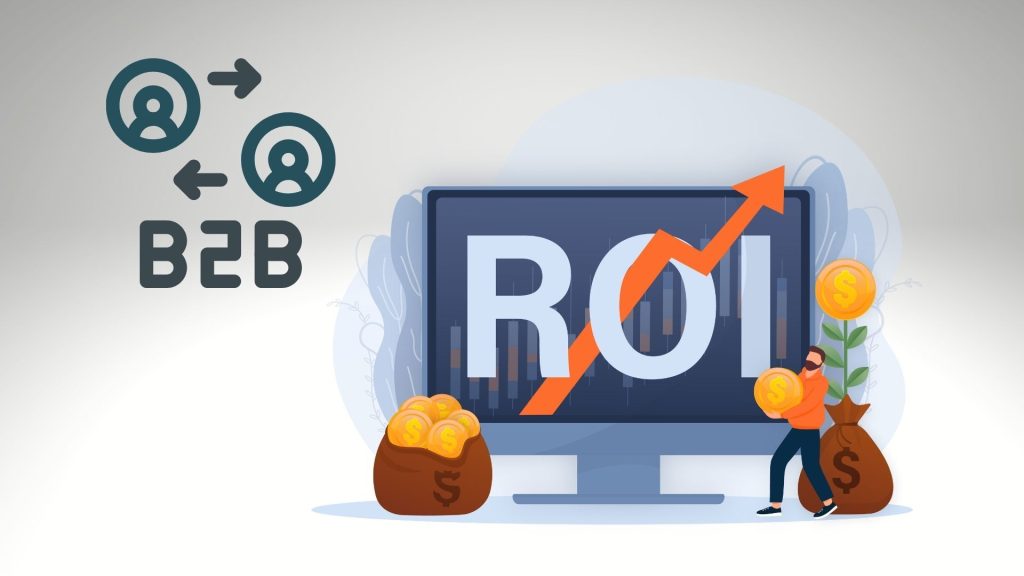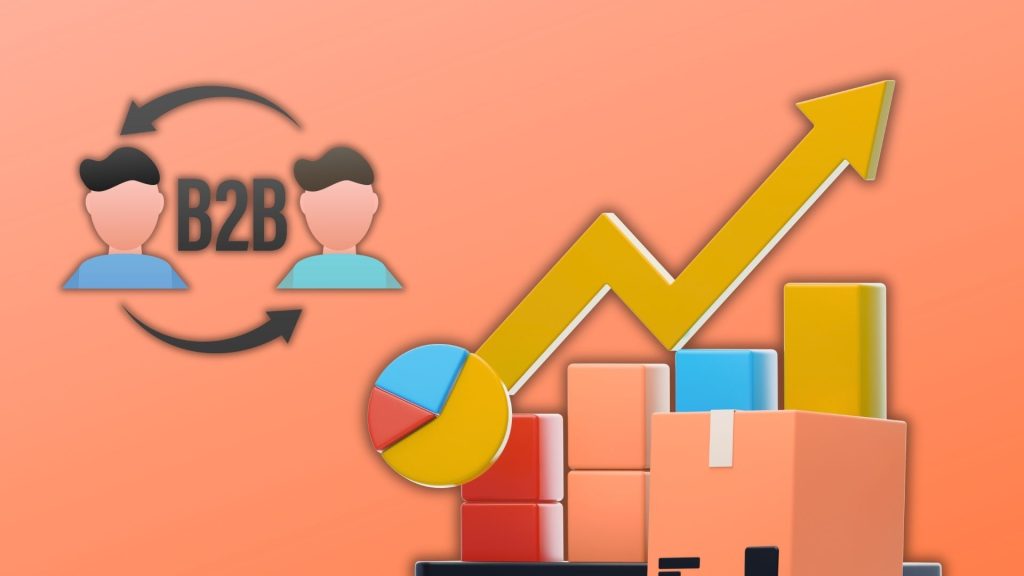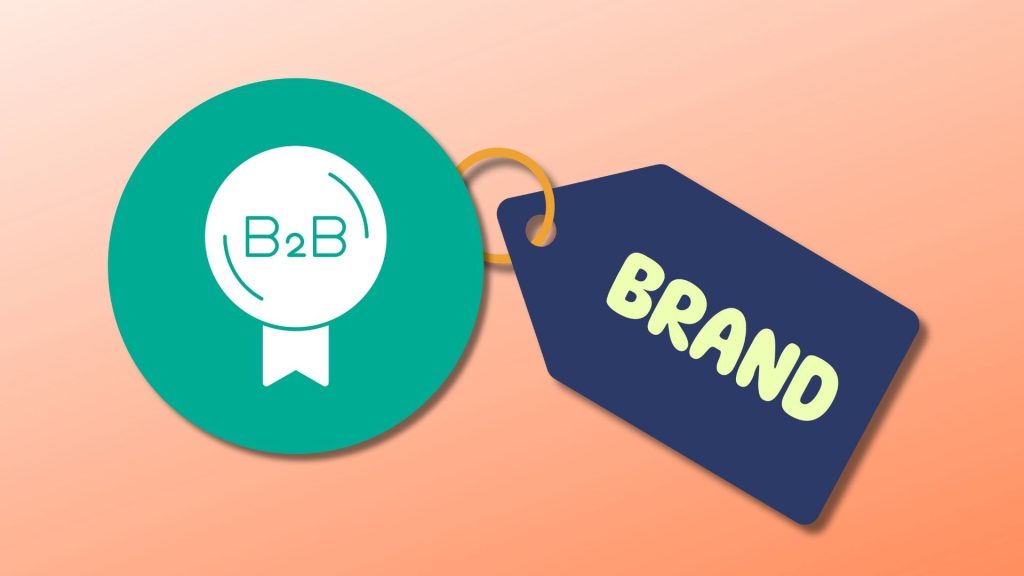B2B Content Marketing Strategy: A Simple Guide
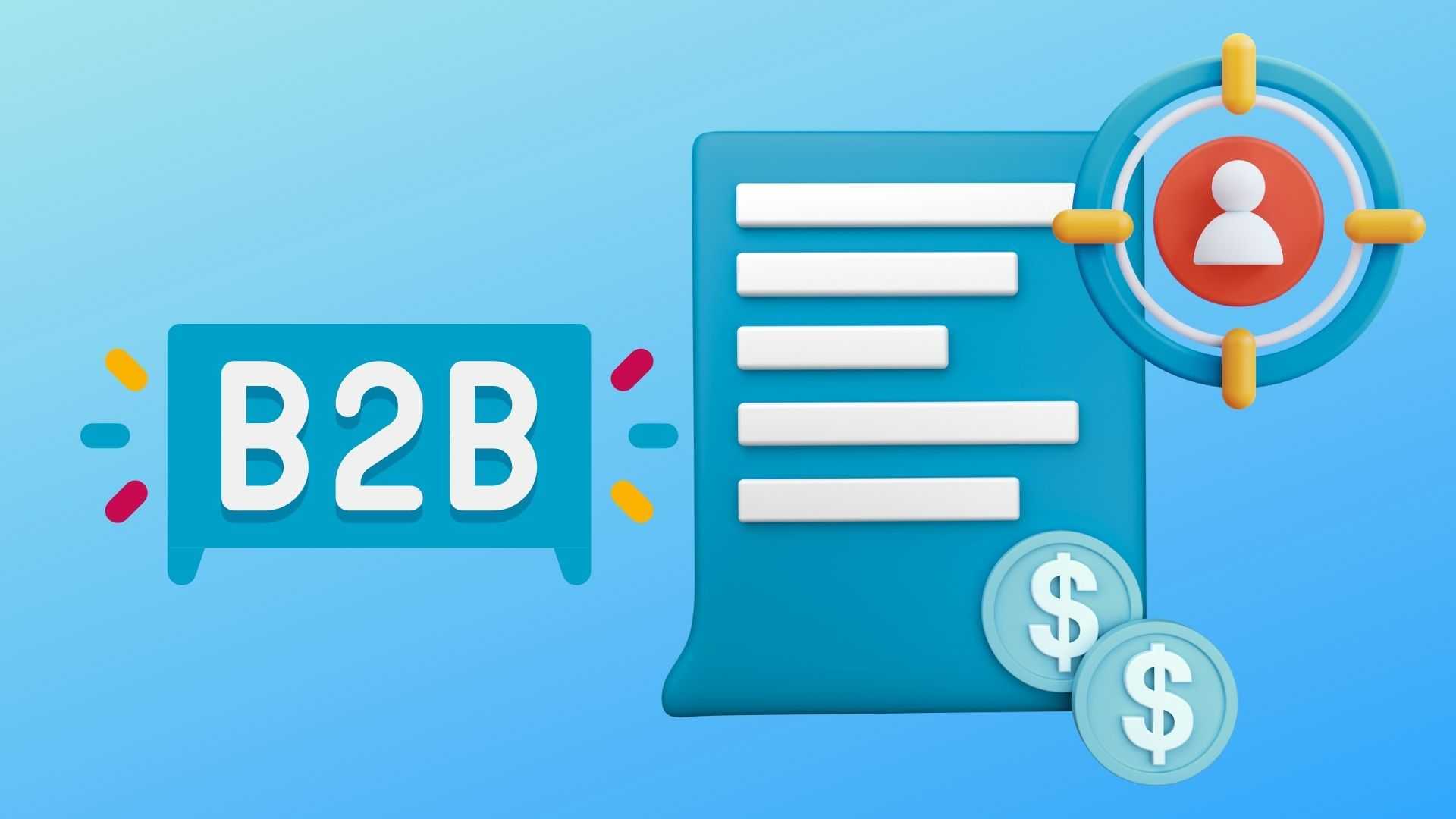
B2B buyers don’t make decisions the way they used to. Instead of relying on sales reps, they research solutions on their own, comparing brands, checking credibility, and weighing options long before they ever reach out. For businesses, this shift makes content one of the most crucial tools for gaining visibility and establishing trust.
This article will walk you through a simple, practical approach to B2B content marketing strategy so you can understand what it is, why it matters, and how to put it into action.
Key Takeaway:
A successful B2B content marketing strategy requires clear goals, well-defined buyer personas, and content tailored to each stage of the buyer’s journey. By aligning creation, distribution, and measurement with sales objectives, businesses can generate qualified leads, build authority, and accelerate revenue growth.
Understanding B2B Content Marketing
B2B content marketing is the practice of creating and sharing information that helps businesses make informed purchasing decisions. Unlike B2C marketing, where content often appeals to emotions or quick impulses, B2B content speaks to logic, evidence, and long-term value.
The audience is rarely a single person. Instead, it includes decision-makers such as managers, executives, and procurement teams, each weighing factors like cost, efficiency, and risk. This makes the buying process longer and more complex.
The purpose of B2B content is to reduce that complexity by offering clear insights, credible data, and practical solutions. Formats like whitepapers, case studies, webinars, and detailed blog articles help position your brand as a knowledgeable partner rather than just a vendor. Since content is central to any B2B digital marketing strategy, aligning expertise with the genuine needs of your audience turns it into a powerful tool for building trust and driving conversions.
Understanding the B2B Buyer Journey
The B2B buyer journey is more deliberate and layered than consumer purchases because it involves multiple stakeholders, larger budgets, and higher risks. Instead of one person making a quick choice, managers, executives, and procurement teams all weigh in, each with different priorities. This complexity stretches the process into three main stages: awareness, consideration, and decision.
In the awareness stage, buyers are still defining their challenge, so educational content, such as industry insights or research reports, helps them frame the problem. During consideration, they compare approaches and vendors, making credibility-driven formats, such as case studies, whitepapers, and product comparisons, especially effective.
By the decision stage, buyers want reassurance that they are making the right investment. ROI calculators, customer testimonials, and implementation guides provide the confidence needed to secure internal approval. Structuring your content to align with these stages ensures that prospects encounter the right resources at the right time, reducing friction in the sales cycle and building trust along the way. This alignment doesn’t just answer questions, it accelerates progress and improves the likelihood of conversion.
Defining Clear Goals and Objectives
Every effective B2B content marketing strategy starts with a clear sense of purpose. Without defined objectives, content risks becoming scattered and difficult to measure. Common goals include generating qualified leads, improving search visibility, strengthening brand authority, supporting sales teams with buyer-ready resources, and retaining existing customers through ongoing engagement. Each goal directs the type of content you create and the way it will be distributed.
Clarity also comes from attaching measurable outcomes to each objective. If lead generation is a priority, set quarterly targets for the number of qualified leads acquired through content marketing. When focusing on brand authority, track signals such as backlink quality, engagement on expert-driven articles, or mentions in reputable industry outlets. These metrics serve as key performance indicators (KPIs), helping you stay aligned with business outcomes and proving the real impact of your content strategy.
Identifying and Creating B2B Buyer Personas
A content strategy without defined buyer personas is like aiming without a target, it lacks clarity and precision. In B2B marketing, personas are typically shaped by professional role, industry, business challenges, and decision-making authority. Each persona should outline the type of content they find valuable, the channels they rely on for information, and the concerns they raise during different stages of the buyer journey. This ensures content speaks directly to the people who influence or control purchasing decisions.
Effective personas are rooted in real data, not guesswork. Insights from CRM platforms, customer interviews, surveys, and market research reveal what your buyers actually need and how they evaluate solutions. For instance, a CTO might focus on technical details and compliance standards, while a procurement officer may prioritize cost efficiency and vendor stability. Building personas this way makes your messaging more relevant and positions your content as a trusted resource that drives conversion.
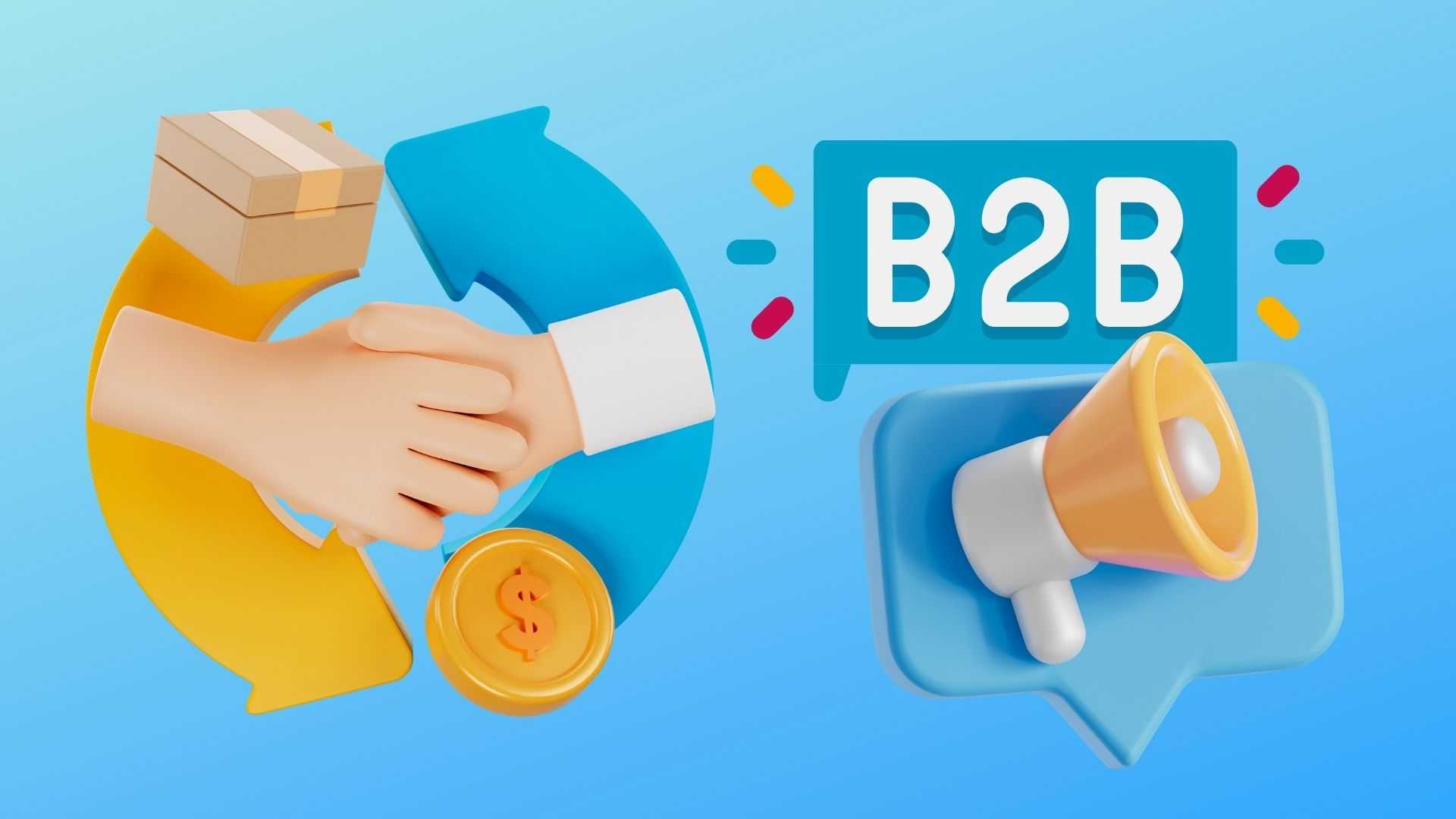
Building a Scalable Content Plan
A scalable content plan connects directly to business objectives while addressing the real challenges your audience faces. Instead of focusing on sheer output, the plan should prioritize quality and consistency through a structured content calendar. Formats with lasting value, such as evergreen blog posts, downloadable guides, and on-demand webinars. Ensure that content continues to generate leads and engagement long after its initial release. Aligning these efforts with audience needs keeps the strategy purposeful and sustainable.
Scalability also comes from working smarter with existing assets. Repurposing enables a single core piece of content, such as a research report, to fuel multiple channels: infographics for visual learners, social media snippets for increased reach, podcast discussions for deeper engagement, and email campaigns for nurturing leads. This not only extends the lifespan of your best content but also maximizes ROI by reducing the need to start from scratch every time.
Crafting Thought Leadership and Value-Driven Content
Thought leadership is one of the most effective ways to establish authority in B2B marketing. It goes beyond surface-level commentary by delivering insights rooted in expertise, experience, and forward-looking perspectives. In industries where buyers are cautious and decisions carry high stakes, demonstrating thought leadership builds confidence in your brand. This can take many forms, such as original research, in-depth articles, keynote presentations, or commentary on industry shifts, all designed to show that your business understands not only the present landscape but also where it is heading.
The focus should always be on creating value, not promoting your own agenda. Buyers engage with thought leadership when it helps them solve problems, anticipate changes, or make better strategic decisions. By consistently offering useful, credible insights, your brand positions itself as a trusted advisor rather than just another vendor. Over time, this credibility strengthens relationships, increases visibility in your industry, and opens the door to higher-quality opportunities.
Choosing Effective Content Distribution Channels
In B2B marketing, content is only as effective as its distribution. Core channels like LinkedIn, email, and SEO form the backbone of most strategies because they align with buyer behavior. LinkedIn fosters professional engagement and thought leadership, email marketing nurtures leads and maintains direct communication, and SEO ensures visibility when buyers are actively searching for solutions. Together, they give your content both reach and staying power.
Beyond these foundations, targeted distribution expands your influence in niche spaces. Industry publications, trade journals, partner websites, and account-based marketing platforms allow you to connect with highly specific audiences who are already primed for your message. The key is alignment, choosing channels that reflect where your buyers spend time and how they prefer to consume information. A well-balanced mix ensures your content not only exists but also actively supports pipeline growth and brand authority.
Integrating Content with the B2B Sales Funnel
For content marketing to drive revenue, it must work hand-in-hand with the sales process. Marketing and sales teams should regularly collaborate to identify where prospects drop off and pinpoint any missing resources. At the top of the funnel, content such as blogs and industry insights attracts new prospects by raising awareness of problems and solutions. Middle-of-funnel materials, such as solution briefs, product comparisons, or detailed guides, help buyers evaluate vendors and narrow their choices. At the bottom of the funnel, assets such as demos, ROI analyses, and customer testimonials provide the final reassurance that decision-makers need.
When content is mapped to the funnel in this way, it stops being just a lead generator and becomes a sales enabler. Aligned resources not only nurture buyers at every stage but also equip sales teams with the credibility and tools they need to close deals faster. The result is a more efficient sales cycle, stronger buyer confidence, and content that directly contributes to revenue growth.
Measuring and Optimizing Performance
A successful B2B content strategy depends on proving impact through measurable results. The most valuable metrics go beyond surface-level engagement to show how content influences the pipeline. Engagement indicators, such as time on page, reveal relevance, while conversions, like form fills or downloads, indicate lead quality. More advanced measures, such as content-assisted conversions and contributions to sales-qualified leads, directly connect marketing activity to revenue outcomes. Analytics platforms and automation tools enable the tracking of these metrics and the identification of patterns in buyer behavior.
Measurement only delivers value when it drives action. Performance data should inform an ongoing optimization cycle, where underperforming assets are refined or retired, calls-to-action are enhanced, and distribution tactics are adjusted to maximize reach and efficiency. This continuous feedback loop keeps your strategy aligned with changing buyer needs and ensures that content efforts consistently contribute to growth.
Conclusion
A strong B2B content marketing strategy isn’t about producing more content, it’s about creating purposeful, value-driven assets that align with buyer needs and business goals. By mapping content to the buyer journey, choosing effective distribution channels, and continuously measuring performance, businesses can build trust, support sales, and turn content into a reliable engine for growth and long-term customer relationships.
